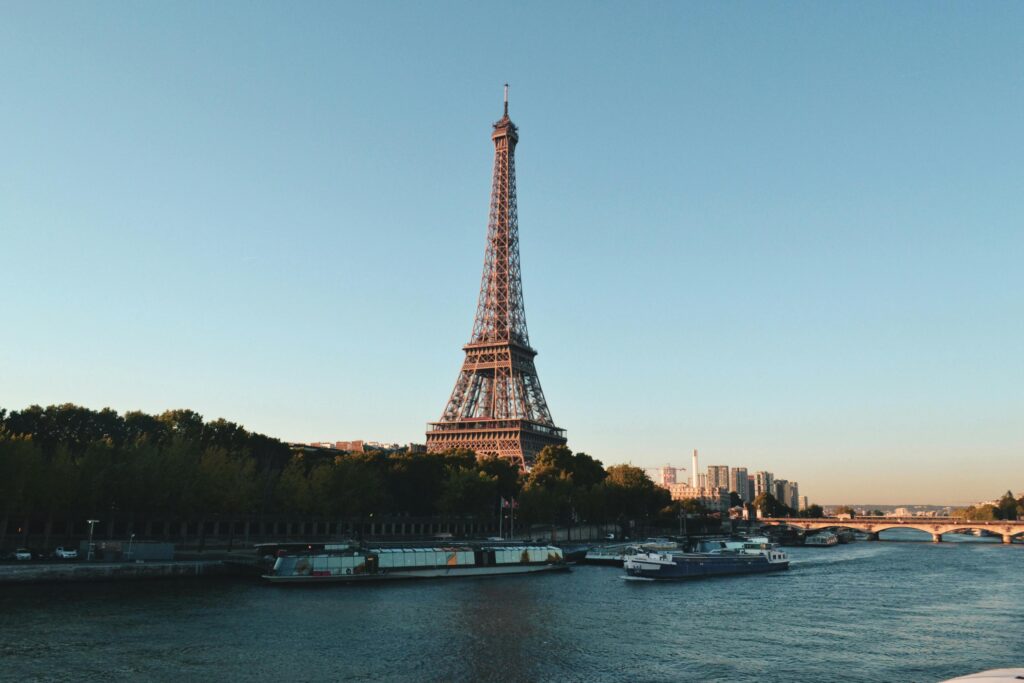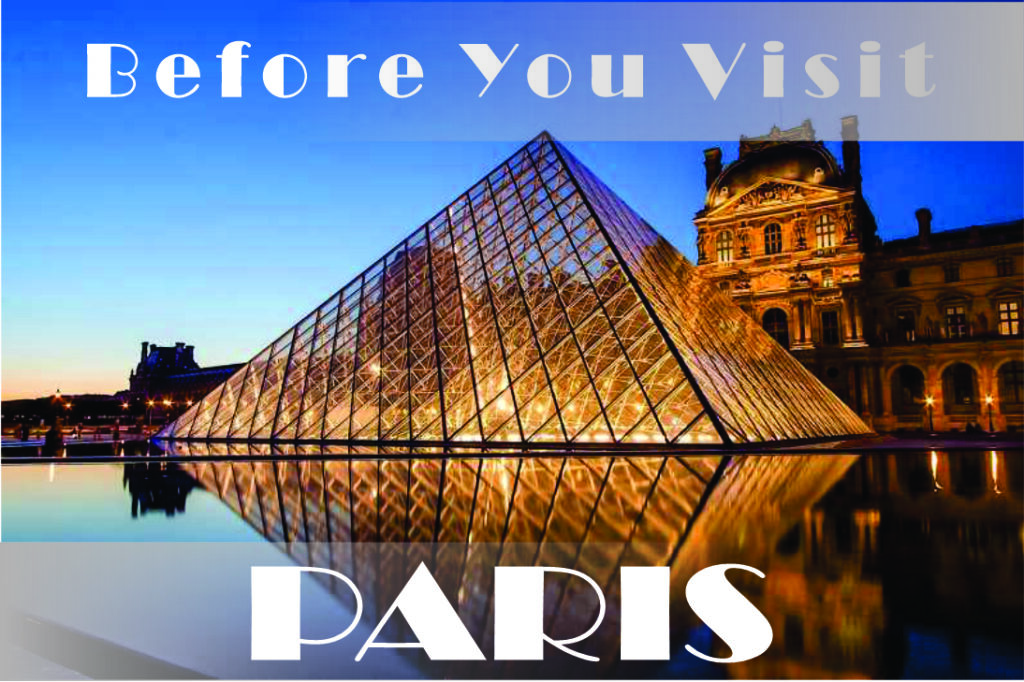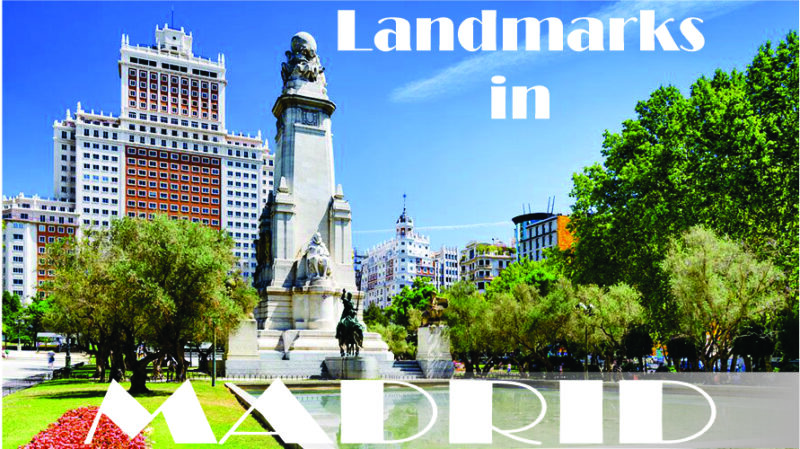|
Getting your Trinity Audio player ready...
|

For those interested in history and architecture, Estonia, a small but historically significant country in Northern Europe, is fascinating. Over the ages, Estonia has seen various cultural and political influences due to its advantageous location on the Baltic Sea.
In addition to this, the medieval Hanseatic trading and Swedish and Russian control makes Estonia a truly unique tourist destination worth visiting.
This article will take you on a tour of the seven architectural attractions in Estonia with each providing a distinctive window into the nation’s colorful history.
Contents at a Glance
1. Tallinn’s Old Town
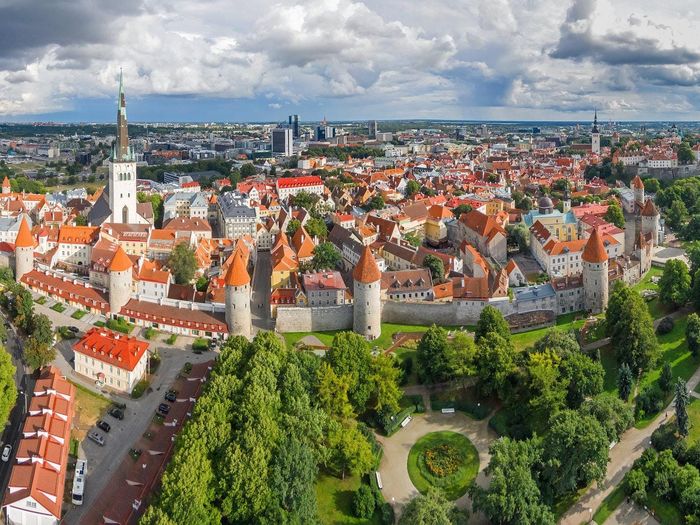
Tallinn’s Old Town, or Vanalinn, is a captivating blend of ancient charm and ethnic variety and is recognized as a UNESCO World Heritage site. Its rich history has been shaped by the Hanseatic League and medieval commerce, and it dates back to the 13th century.
Tallinn Old Town, which is renowned for its preserved medieval city walls and towers, the onion-domed Alexander Nevsky Cathedral, and the charming Town Hall Square, is a living reminder of Estonia’s rich cultural and historical heritage.
The Old Town of Tallinn is easily accessible to tourists due to its central location within the city, perched atop Toompea Hill and offering a panoramic view of the entire city. It takes tourists to a bygone period with its well-preserved cobblestone lanes, ancient houses, and charming squares.
2. Kadriorg Palace

Peter the Great of Russia commissioned the beautiful Baroque mansion known as the Kadriorg mansion, which is situated in Tallinn’s Kadriorg area, in the early 1700s. The palace was created by Italian architect Nicola Michetti to serve as Peter’s wife Catherine I’s vacation home.
The palace is a superb example of Baroque architecture with its graceful front, elaborate stucco decorations, and exquisitely designed gardens. With its well-kept lawns, flowerbeds, and fountains, the neighboring Kadriorg Park provides a peaceful environment for guests to explore and enjoy.
3. St. Olaf’s Church
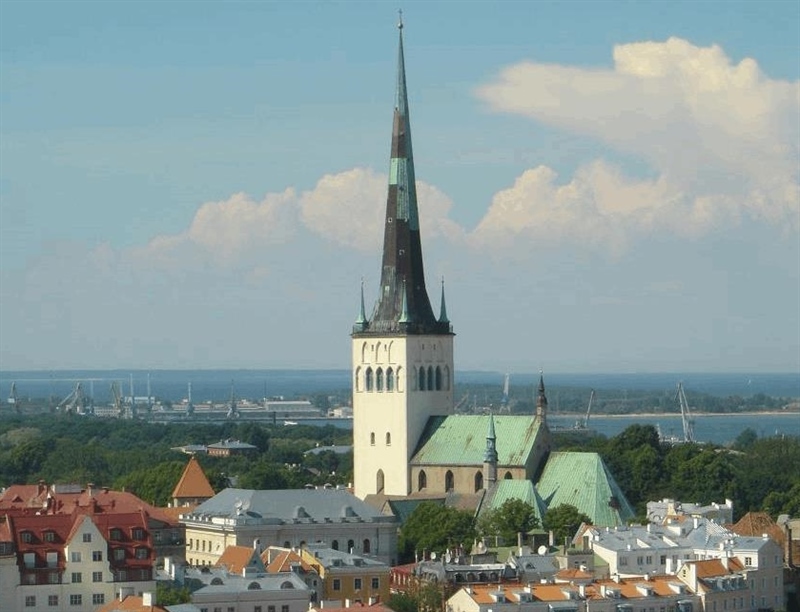
Oleviste Kirik, also known as St. Olaf’s Church, is a well-known Gothic-style church in Tallinn, Estonia, that has been gracing the city skyline for centuries with its towering spire. Being one of Tallinn’s most recognizable landmarks, it is significant historically and architecturally.
The church, which dates back to the 12th century, has undergone multiple renovations. St. Olaf’s Church is a popular destination for tourists seeing Tallinn’s Old Town because of its convenient location in the center of the historic district. The church is well-known for its imposing spire, which provides expansive views of Tallinn.
4. Kuressaare Castle

One of the best-preserved medieval defenses in the nation is the 14th-century castle on the Estonian island of Saaremaa. After the Livonia War, it was renovated by the Danes and Swedes, who erected striking ramparts to the ancient stone building.
Kuressaare Castle continues to be one of the most visited places, drawing tourists of all ages with its understated Gothic grandeur. Throughout the summer, the Kuressaare Opera Festival is held at the fortification. The castle is a well-liked location for both history buffs and environmental lovers due to its lovely surroundings, which include beautiful parklands and a moat.
You may also like: 10 Top Summer Destinations in Oslo
5. Haapsalu Castle

The historic mediaeval seat of the Ösel-Wiek Bishopric, a recognized member state of the Holy Roman Empire, was Haapsalu Castle. The fortification suffered significant damage during the Livonian War between the armies of Denmark, Sweden, Poland-Lithuania, and Muscovy.
It was substantially destroyed by the Russians after the Great Northern War, although it was still strategically significant during the Swedish era.
6. Toompea Castle

Situated atop Toompea Hill in Tallinn, Toompea Castle serves as a testament to the political might and historical importance of Estonia. The castle was first built in the ninth century, and it has undergone numerous reconstructions and renovations since then. It now functions as the Estonian Parliament’s seat.
The castle complex features a variety of architectural styles, including neoclassical and baroque parts with medieval fortifications. One particularly remarkable aspect is the pink Baroque facade. This was erected during the reign of Empress Catherine the Great in the 18th century.
With the national flag flying proudly from its summit, the nearby Tall Hermann Tower, a relic of the medieval fortress, Toompea castle symbolizes Estonian independence and provides panoramic views of Tallinn.
7. Narva Castle

Across the Narva River and facing the Russian fortification of Ivangorod, Narva Castle, also called Hermann Castle, is a medieval stronghold on Estonia’s eastern border. The Livonian Order subsequently strengthened and expanded the stronghold, which the Danes had originally built in the thirteenth century.
The castle is a formidable fortress because of its massive stone walls, tall towers, and advantageous location. Hermann Tower, the main tower, provides sweeping views of Narva and the surroundings.
Also is a museum dedicated to the history of Narva and the castle is part of the complex. Interestingly, features displays on local customs, medieval fighting, and the strategic significance of the city.
Frequently Asked Questions
1. What is the most famous landmark in Estonia?
The most popular monument in the country is the Tallinn Town Hall. It is located in the southern part of Raekoja Plats (Town Hall Square).
2. What is the oldest building in Estonia?
Toompea Castle is the most famous and the most majestic construction in the whole city.
3. Who is the famous Estonian-born architect?
Louis Isadore Kahn (born Itze-Leib Schmuilowsky; March 5 [O.S. February 20] 1901 – March 17, 1974) was an Estonian-born American architect based in Philadelphia.
Conclusion – 7 Historical Architectural Attractions in Estonia
Estonia’s diverse history and cultural heritage are reflected in its architectural legacy. Every location narrates a distinct history of the nation, highlighting the contributions of different eras and monarchs.
Visitors to Estonia are in for an enthralling voyage through time. It doesn’t matter if you choose to explore the opulent halls of Kadriorg Palace. Maybe you just want to meander through the cobblestone lanes of Tallinn Old Town. Perhaps you simply want take in the breathtaking views from the top of St. Olaf’s Church, lots of beautiful sights awaiting you.
These historical sites continue to stand as enduring reminders of Estonia’s colorful cultural history and illustrious past. They also help the country celebrate and preserve its architectural marvels.
Sure, Estonia’s architectural attractions are likely to make an impression. Whether you are an architecture enthusiast, a history buff, or just an inquisitive tourist.

